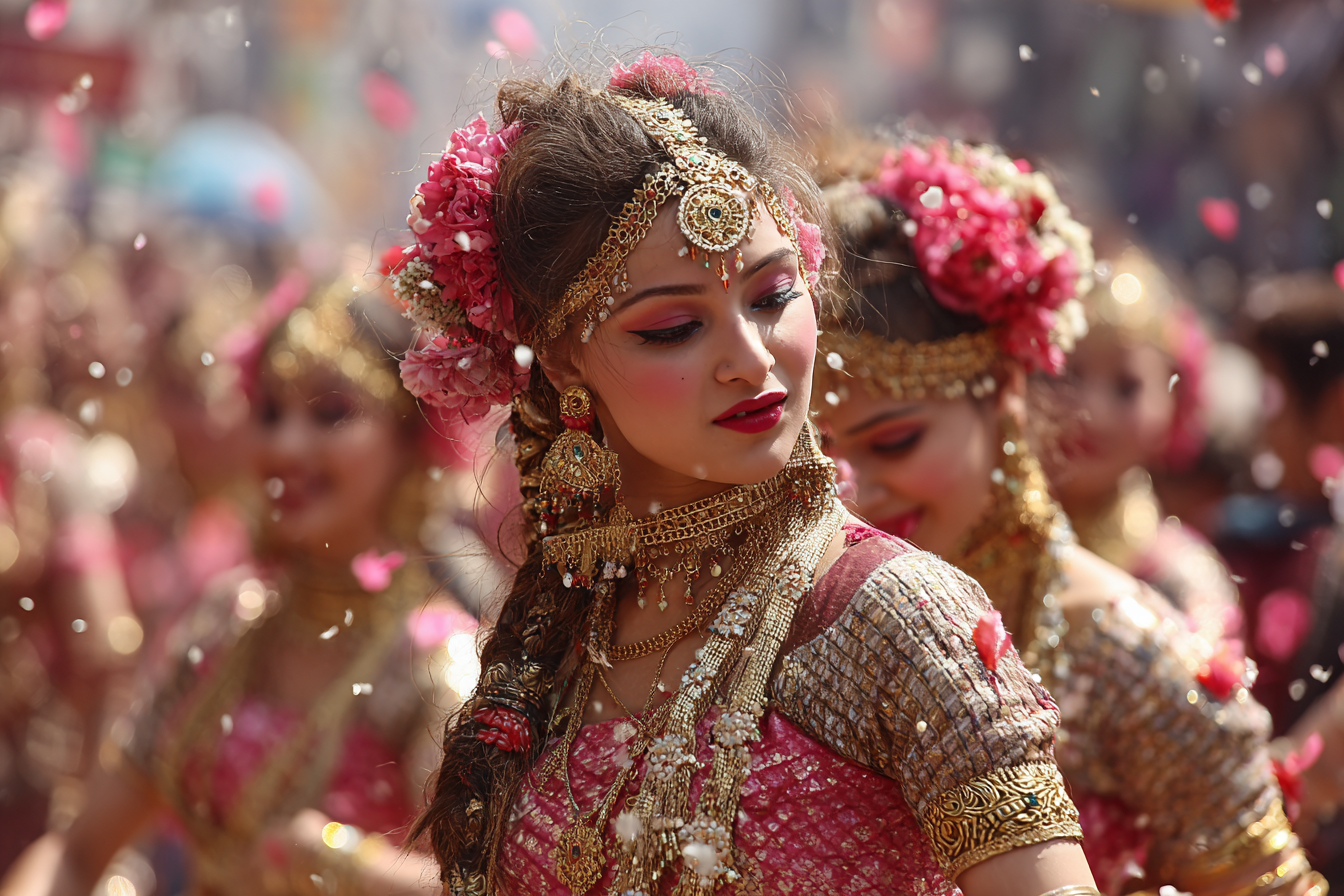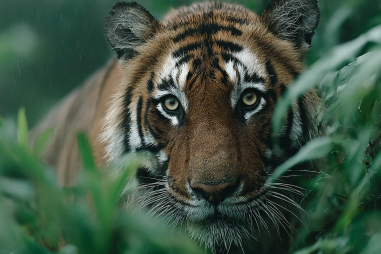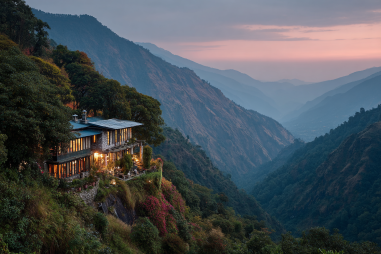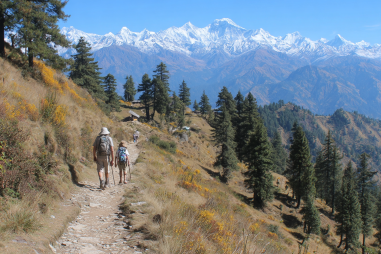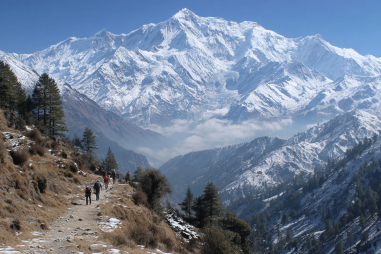Nestled in the lap of the majestic Annapurna mountain range, Pokhara is widely known for its breathtaking natural beauty, serene lakes, and adventure opportunities. However, beyond the scenic landscapes, Pokhara offers a vibrant tapestry of cultural experiences that captivate travelers eager to understand the local heritage and lifestyle. The city and its surrounding areas are home to diverse ethnic communities, colorful festivals, traditional crafts, and culinary delights that enrich every visitor’s journey. If you’re seeking to immerse yourself in authentic cultural encounters, Pokhara provides the perfect blend of history, tradition, and hospitality.
Discovering the Heart of Pokhara’s Culture
Pokhara’s cultural identity is deeply rooted in the traditions of the various ethnic groups residing in the region, including the Gurung, Magar, Newar, and Brahmin communities, among others. Their customs, rituals, art forms, and ways of life have flourished over centuries, creating a fascinating cultural mosaic. Walking through Pokhara’s old streets, lively markets, and traditional neighborhoods, visitors can witness daily life that seamlessly blends ancient customs with modern influences. This cultural richness offers travelers a chance to connect with the soul of the region and gain insight into Nepal’s diverse social fabric.
Major Festivals Celebrated in Pokhara
Pokhara’s calendar is filled with vibrant festivals that reflect the spiritual and communal spirit of its people. Festivals here are not just events but immersive experiences full of music, dance, rituals, and food.
- Tihar: Also known as the Festival of Lights, Tihar is one of the most important Hindu festivals celebrated with great fervor in Pokhara. Houses and streets are decorated with oil lamps, colorful rangolis, and flower garlands. Each day honors different animals and deities, culminating in a lively celebration of love and respect for family and community.
- Dashain: As the longest and most significant festival in Nepal, Dashain marks the victory of good over evil. It is characterized by various rites, animal sacrifices, gatherings of family and friends, and traditional music that fills the air. Many locals return to Pokhara for the festivities, making it a lively time for cultural exchange.
- Bhoto Jatra: Celebrated primarily by the Newar community, Bhoto Jatra is a unique festival involving a colorful procession and the display of the ‘bhoto,’ a traditional vest. Although this festival is more prominent in Kathmandu, Pokhara features similar regional celebrations honoring local deities and legends.
- Maghe Sankranti: This festival signals the end of winter. People enjoy special foods made from sesame seeds and molasses while engaging in traditional rituals that encourage health and prosperity.
These festivals offer travelers an excellent window into the spiritual heart of Pokhara while providing joyful opportunities to participate in local customs.
Traditional Music and Dance Performances
Music and dance are integral to Pokhara’s cultural heritage, serving as mediums to tell stories, mark rituals, and celebrate life’s milestones. The Gurung and Magar communities, in particular, are known for their vibrant folk dances like the Ghatu and Lakhey dances, performed during festivals and special occasions.
Visitors can experience these lively performances at cultural venues or during local celebrations. The rhythmic beat of traditional drums, the melodies of stringed instruments such as the sarangi, and the colorful costumes create an enchanting atmosphere that draws audiences in. Additionally, many restaurants and cultural centers in Pokhara host evening shows where tourists can enjoy authentic Nepali music and dances, making for a memorable cultural night out.
Local Artisan Crafts and Markets
Pokhara’s craft traditions showcase the skills and creativity of its artisans, often passed down through generations. The city’s bustling markets are treasure troves for those interested in handmade goods and authentic souvenirs.
A stroll through the old market area reveals shops and stalls selling:
- Pashmina shawls: Soft, luxurious shawls crafted from fine wool, highly prized both locally and internationally.
- Thangka paintings: Intricately detailed Buddhist scroll paintings that depict religious themes and stories.
- Wood carvings: Beautifully carved religious statues and household items made from local woods.
- Handwoven textiles: Colorful fabrics made using traditional weaving techniques.
These crafts not only support the local economy but also preserve artistic traditions, making Pokhara’s markets a must-visit for culturally curious travelers.
Visiting Bindhyabasini Temple and Other Religious Sites
Religious sites in Pokhara offer profound insights into the spiritual life and architectural heritage of the region. Bindhyabasini Temple, one of the oldest Hindu temples in the area, is dedicated to the goddess Durga. Located on a hill overlooking the city, the temple provides peaceful surroundings and panoramic views, making it both a place of worship and a serene retreat.
Other significant sites include:
- The World Peace Pagoda (Shanti Stupa): A stunning Buddhist monument that symbolizes peace and harmony, offering breathtaking vistas of Phewa Lake and the Annapurna range.
- Devi’s Fall (Patale Chhango): While primarily a natural wonder, it also holds mythological significance and is often part of spiritual and cultural tours.
- Museums and monasteries: These provide deeper understanding of the local ethnic and religious traditions.
Exploring these sites lets visitors appreciate the religious diversity and cultural depths that define Pokhara.
Experiencing Local Cuisine and Food Culture
No cultural journey is complete without savoring the flavors of the region, and Pokhara’s cuisine is a delicious reflection of its multiethnic population. Traditional Nepali food is hearty and flavorful, centered around staples like rice, lentils (dal), vegetables, and meat.
Must-try dishes include:
- Dal Bhat: The quintessential Nepali meal consisting of steamed rice, lentil soup, vegetables, and often accompanied by pickles and chutneys.
- Momo: Nepali-style dumplings filled with meat or vegetables, which are widely popular and can be found in many street stalls and restaurants.
- Sel Roti: A traditional homemade rice bread, often prepared during festivals and special occasions.
- Gundruk: Fermented leafy greens served as a side dish, reflecting the local approach to preservation.
Dining with locals or attending cooking classes gives visitors a firsthand experience of the culinary heritage and an opportunity to share stories and hospitality.
Interaction with Ethnic Communities
One of the most enriching aspects of cultural travel in Pokhara is engaging directly with the ethnic communities. The Gurung and Magar people, who form a large part of the population, welcome visitors to learn about their unique customs, traditional attire, and ways of life.
Many community-based tourism initiatives encourage visitors to participate in village tours, homestays, and cultural activities. These authentic experiences provide insight into agricultural practices, folklore, rituals, and crafts. This interaction fosters mutual respect and cultural exchange while supporting sustainable tourism.
Cultural Tours and Workshops
To deepen cultural understanding, numerous tour operators and cultural centers offer guided tours and hands-on workshops. These are designed to introduce travelers to traditional arts, cooking, music, and spiritual practices.
- Cooking classes: Learn how to prepare Nepali dishes using locally sourced ingredients.
- Thangka painting workshops: Gain knowledge about Buddhist art techniques and symbolism.
- Dance and music sessions: Try your hand at traditional dance movements or learn to play indigenous instruments.
- Village tours: Visit nearby rural communities for an immersive experience in daily cultural life.
Such activities not only enhance travelers’ engagement with the culture but also contribute directly to local livelihoods and heritage preservation.
Pokhara’s cultural offerings extend a warm invitation to journey beyond its stunning landscapes into the rich traditions and vibrant life of its people. Whether through colorful festivals, soulful music, spiritual exploration, or heartfelt interactions with locals, every experience deepens your appreciation for this remarkable corner of Nepal. Embracing Pokhara’s cultural experiences enriches your travel story, creating memories and connections that last a lifetime.

